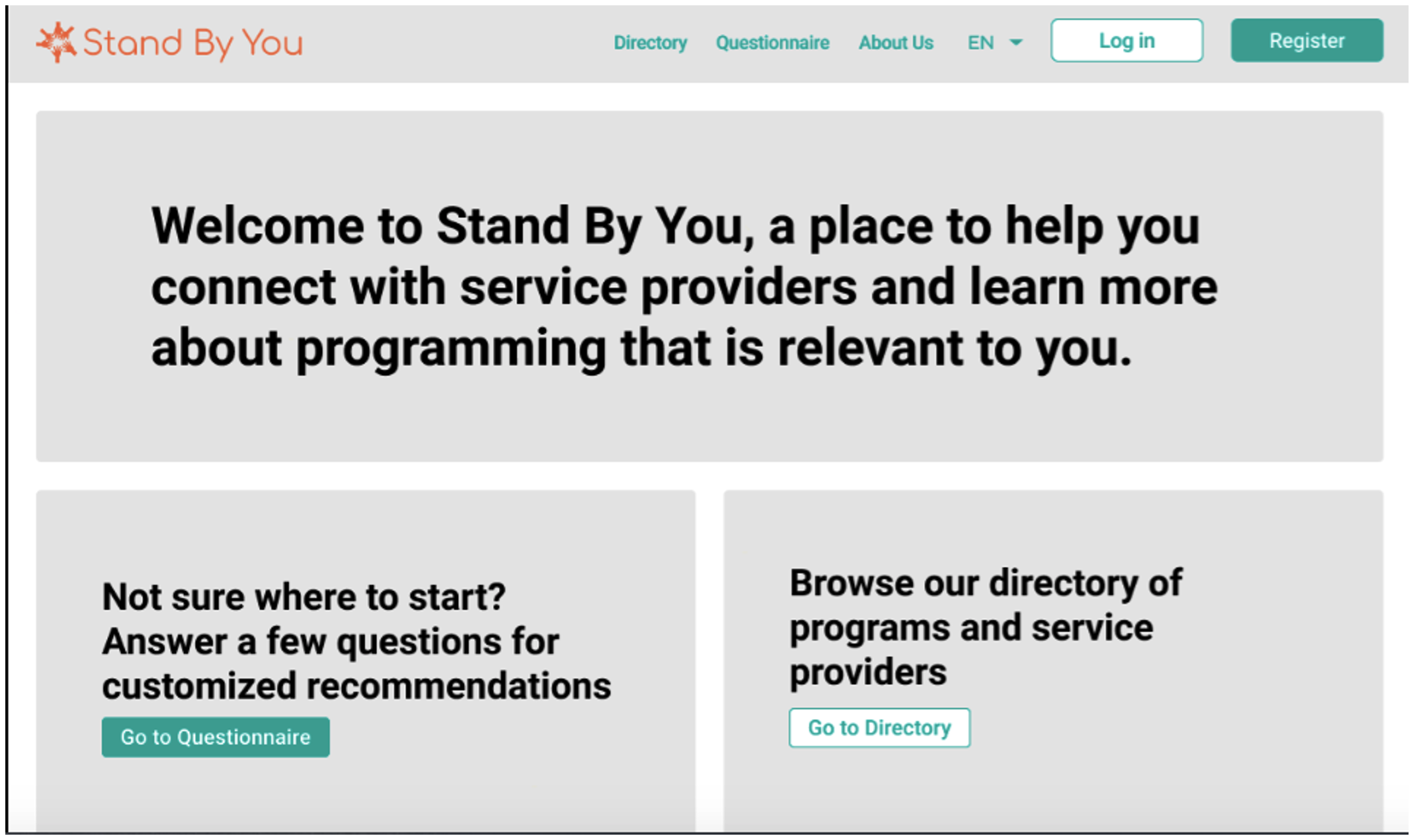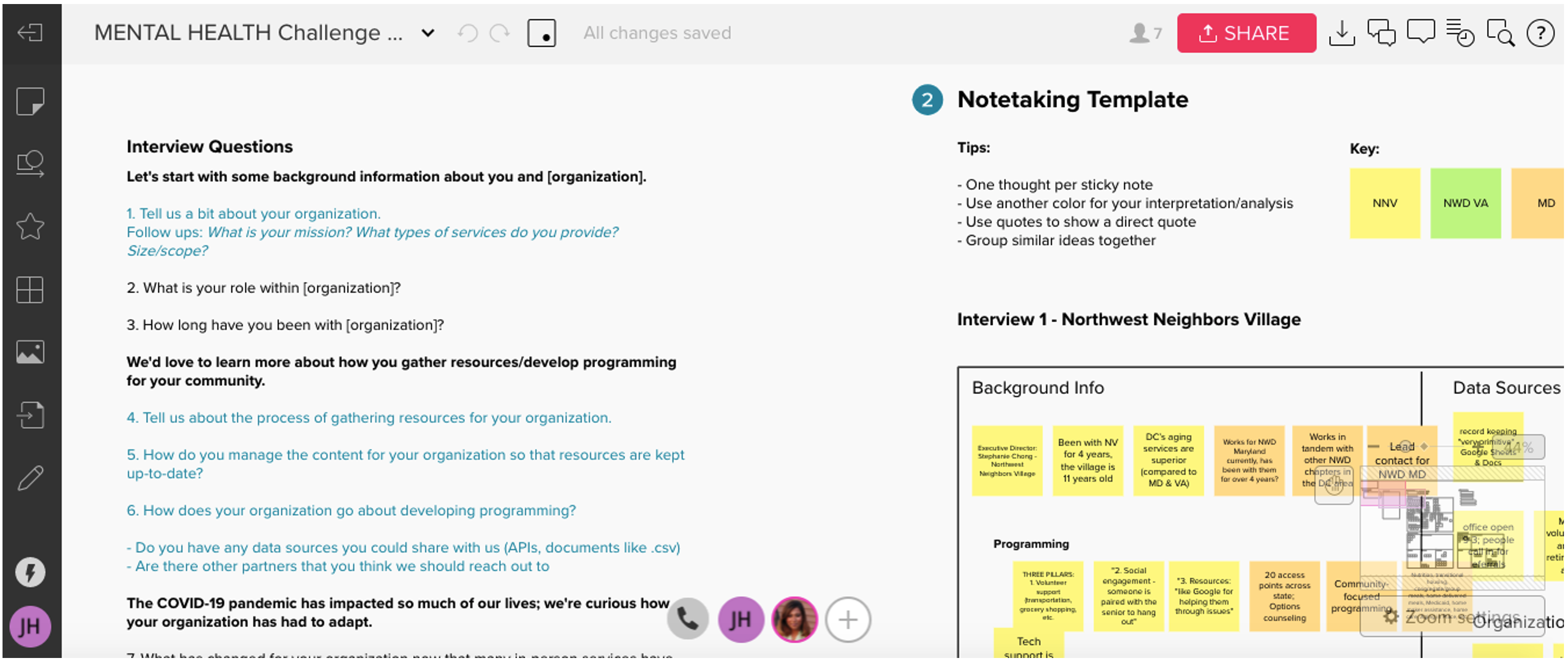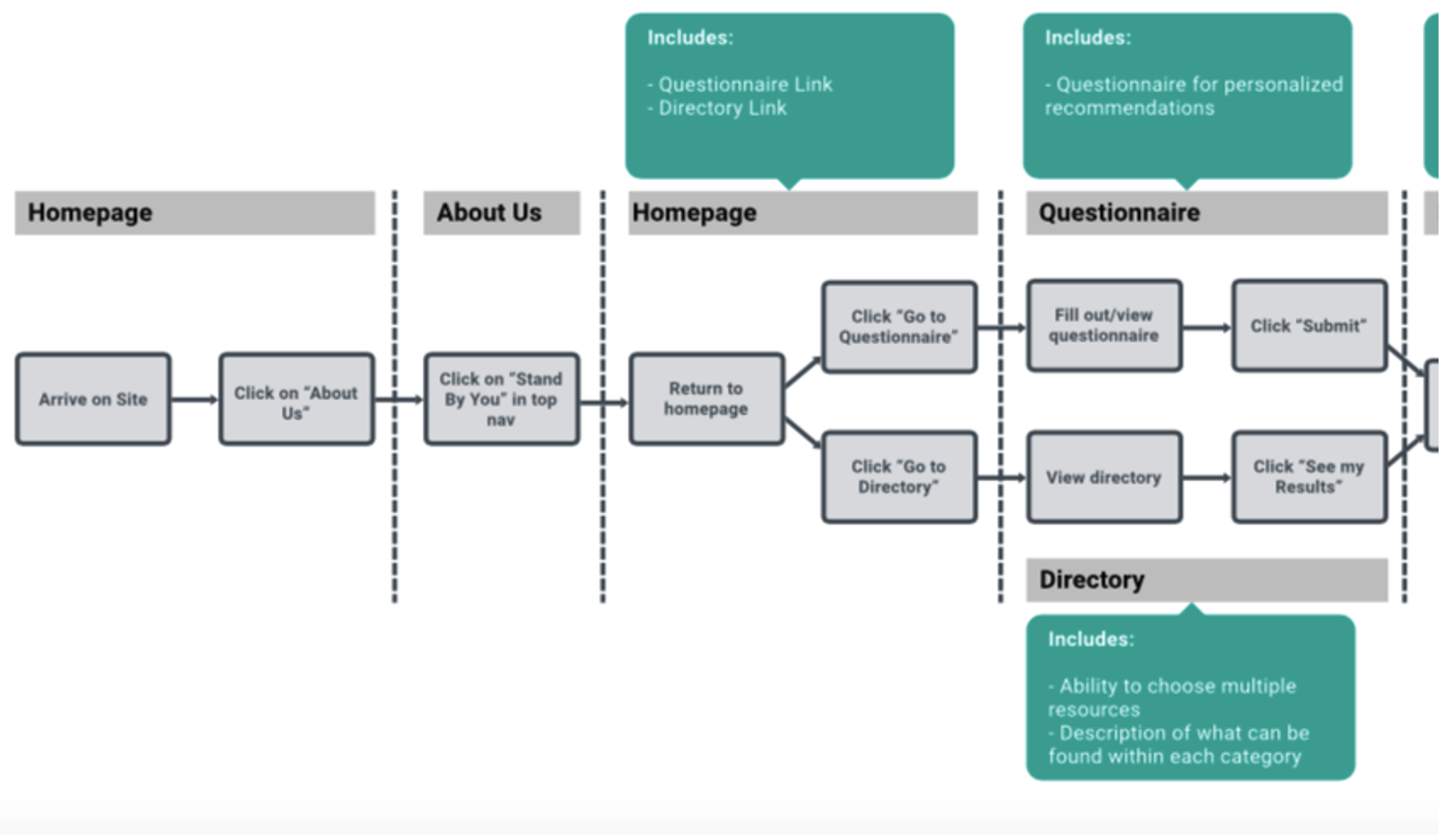MENTAL Health Innovation Challenge

The Challenge
Since March 2020, businesses, schools, places of worship, and many other communal and public places have responded to the COVID-19 pandemic by closing or operating with very limited access in order to slow the spread of the virus. As a result, many potentially vulnerable populations are battling isolation as they quarantine and social distance. This includes older adults, Veterans, persons with disabilities living alone, racial and ethnic minority populations, as well as those who live in care facilities and group homes where they may be isolated from visitors and family members.
The Department of Health and Human Services, Department of Veterans Affairs, and the Federal Communications Commission issued a challenge to address this need: Mobilizing and Empowering the Nation and Technology to Address Loneliness & social isolation (MENTAL) Health Innovation Challenge. Their goal is to create a software platform that increases awareness of, access to, and use of social programs to help increase social engagement and curtail the impact of social isolation. Although exacerbated by COVID-19, this is a challenge that will not go away when the pandemic fades.
Excella’s Approach
These MENTAL Health Innovation Challenge goals align with Excella’s commitment to community service and strategy of creating innovative and transformative technology solutions. We responded to the challenge by gathering a cross-functional team of developers, designers, analysts, and agilists to research the problem and develop a solution. The team began by tapping our network of non-profit organizations and volunteers that served older adults and Veterans. We validated a list of their most pressing needs, including meal delivery, transportation, social engagement programming, technology training, and medical care. We also asked these service partners about their service offerings, their data challenges, and how the needs of their constituents have changed as a result of the pandemic.
With insights from our research, we determined the services and tools that older adults would benefit from most. We created a brief questionnaire to assess each user’s needs and provide them with a customized set of existing resources, tools, and organizations that were the most relevant and geographically convenient.

At the same time, we started building a React implementation of our proprietary Tech Challenge Platform (TCP). TCP is a set of libraries and tools we use to give our projects and technical work a solid foundation. With TCP, we have a consistently reliable way to set up projects and empower our teams so that they can quickly and confidently deliver value for our clients, usually within a few hours after starting to code. Over the course of the challenge, we completed our work on our React implementation. We combined it with our Java API implementation to give us the infrastructure we needed to create a highly interactive web application.
We designed a mobile-friendly web application that could be presented in a variety of different form factors. This ensured we could maximize availability and readily deploy upgraded features and functions. In order to keep technology thresholds low, our solution was designed to be usable whether users are logged in or not. Should the need arise, we designed our solution to be flexible enough to support different forms, including an Interactive Voice Response (IVR) system and an interactive touch screen, for display in public spaces and transportation hubs. This would provide low-tech and publicly available solutions should older adults not have access to, or have difficulty with, smartphones and internet browsers.

While we worked on our technical architecture, we took the data we had gathered and our plans for an ideal solution and used them to mock up a set of interactive wireframes to visualize our solution for our users. Rapid feedback within the team ensured that our designs and architecture remained in sync as we worked in parallel. We went back to our partner organizations and recruited potential users from their membership. Using our wireframes, we conducted user testing and used these insights to update our solution and user experience.
Excella’s Results
In roughly two months, we digested the challenge brief, conducted user research and partner interviews, translated users’ needs into technical requirements, and visualized our proposed solution, Stand By You.